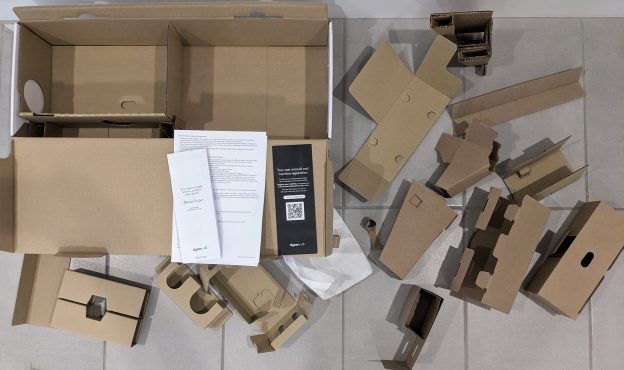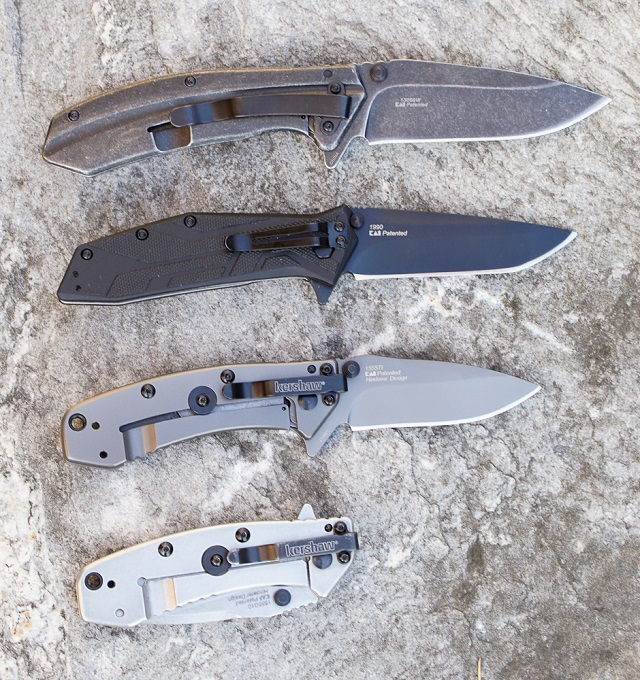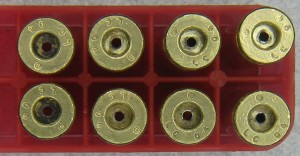At a recent home trade show I was intrigued by a company (KVAR) pushing a $400 capacitor that, when wired into a residential electric service panel, promises to reduce energy consumption by 6-10%. They even had a neat demonstration consisting of a large fan motor and multimeter wired through their capacitor. Sure enough, when the capacitor was enabled the amperage shown on the multimeter declined.
I was a little suspicious because I happened to own an air handler that used the exact fan motor they were demonstrating, and I know that it is always installed with a large start capacitor of its own that was conspicuously absent in their circuit.
They claim their savings are due to their capacitor increasing the “power factor” of a home’s inductive electrical load. Well I didn’t know anything about power factor, but I thought it would be unusual in the age of Energy-Star appliances for manufacturers to be omitting capacitors that could increase their energy efficiency.
Having studied up on power factor correction it seems clear that a fixed-size capacitor is not going to consistently improve the power factor of a residence. And even if it could that wouldn’t result in any savings on the electric bill.
Energy Star confirms that the promises of KVAR’s residential product (and knock-offs) are a scam. Michael Bluejay gives a more detailed explanation. My favorite explanation was found here:
Residential customers are not billed for kVA, they are billed for kWh. These devices, when they are working properly, have almost their entire impact on reducing kVA, not kWh. Some commercial customers can save on their electric bills by improving their power factor, but residential customers can’t. In residential, the devices can in theory achieve a very small savings by reducing losses in the wiring, but that impact depends on the PFC device being properly applied to the specific load, not a generic whole house device.
If such devices worked as advertised, then energy efficiency research and advocacy groups would be promoting them throughout the country and many electric utilities would be giving rebates for their purchase.





